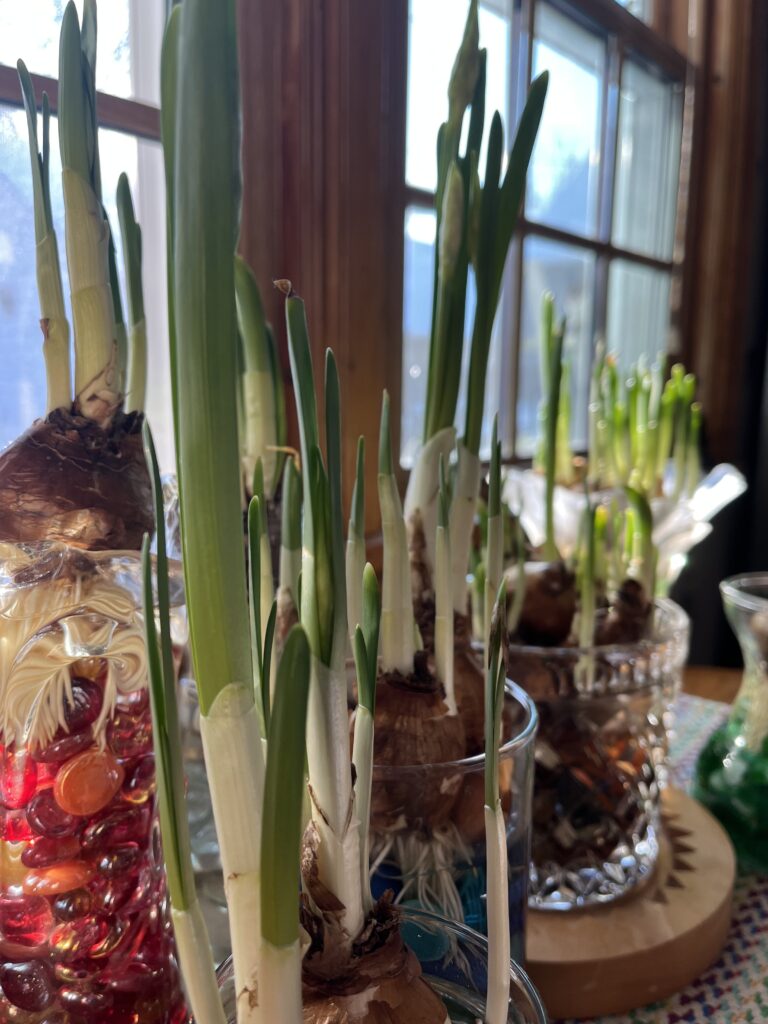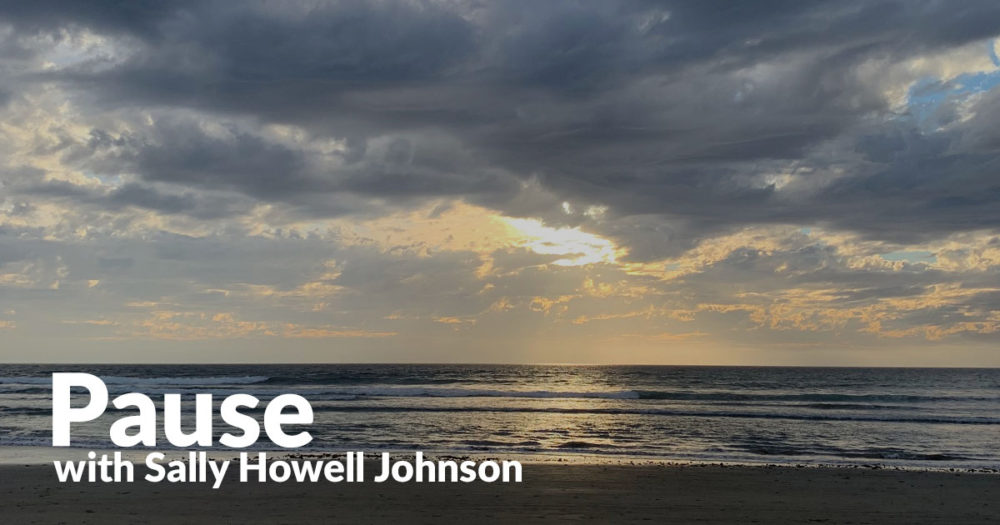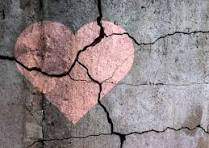For the last several years, on or about February 1st, I have engaged in a ritual that holds me throughout the unfolding weeks. February 1st is the first day of spring in the Celtic calendar and on this day I bring out several vases and some colored stones, filling the various containers with the stones and paper white bulbs. I then place them in a window and fill them with water and begin to watch as the shoots emerge. The temperatures outside may be frigid and the ground may be covered deep in snow but inside…inside…a growing has begun. I probably have recognized this act as the ritual it is in other years but this February it really came to rest in me in a new, deeper way. There is much in the world over which I have no control, much that, frankly, breaks my heart. But in the coming together of container, color, water and the promise of growth I saw a truth that breaks through.

We all have rituals simple and ordinary. The morning cup of coffee for instance. I have a friend whose act of making her morning cup is pure ritual, one she carries with her from her home to wherever she travels. The coffee grounds, the pot, the water, the fire to boil, the cup that will receive it. Each step taken with precision and a certain attention that is somewhat sacred. As I observe, it seems to me that the action of making the coffee is nearly as important, nearly as enjoyable, as the actual drinking.
And then there are the rituals we have around holidays. Birthdays, Christmas, New Year’s, Thanksgiving, all hold certain acts we do over and over sometimes without thinking…unless we leave out a step. Then flags go up! Often it is the children in our families who call us task. And we realize the importance of these movements, these actions that go deeper than we know in our conscious mind and how we have implanted them in the next generation.
Creating my little February altar of bulbs caused me to think about the importance of ritual in our lives. What do rituals actually do for us, to us? I think of the rituals of our religious traditions. Candle lighting. Memorized prayers. Familiar scriptures spoken in certain settings. Kneeling. Sitting in silence with one another. Lifting our voices in song. They all remind us of the long line of ancient ones who have done the same things, said the same words. It connects us to not only what we name as holy but all those who did something similar. It grounds us and reminds us of our connections. Every time I recite Psalm 23 I am reminded of the thousands of years, the thousands of people who have said these same words. Their meaning may be as different as the lives of those who are speaking yet there is that invisible line of connection that holds fast.
The poet Mary Oliver had a morning ritual which led to so many of the beautiful, inspiring poems we treasure now. She walked. With a notebook and pen in her hand, paying attention. Which is another thing ritual helps us to do…pay attention.
Another morning and I wake with thirst
for the goodness I do not have. I walk
out to the pond and all the way God has
given us such beautiful lessons. Oh Lord,
I was never a quick scholar but sulked
and hunched over my books past the hour
and the bell; grant me, in your mercy,
a little more time. Love for the earth
and love for you are having such a long
conversation in my heart. Who knows what
will finally happen or where I will be sent,
yet already I have given a great many things
away, expecting to be told to pack nothing,
except the prayers which, with this thirst,
I am slowly learning.
The bulbs have now begun the important work of reaching up toward the light. They have also done the equally important work of reaching down, taking root, grounding themselves among water and stone. Reaching to earth and toward heaven. It is a ritual that brings life, one that allows me to rest in the ‘beautiful lessons’. In this fractured world, ‘who knows what will finally happen or where we will be sent.’
Yet there is something in this yearly ritual that has me ‘slowly learning’.

